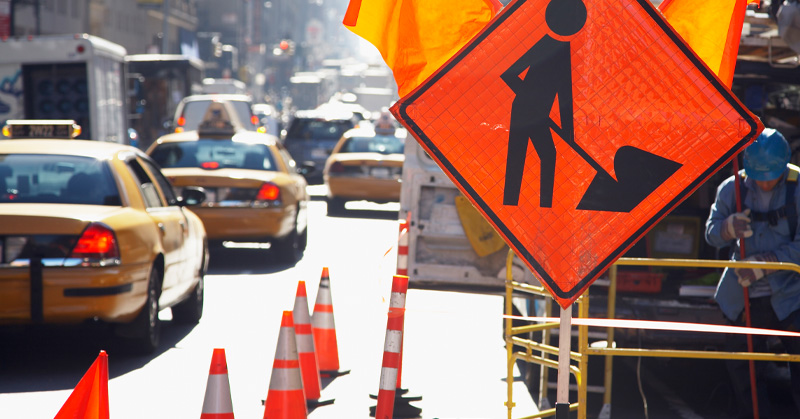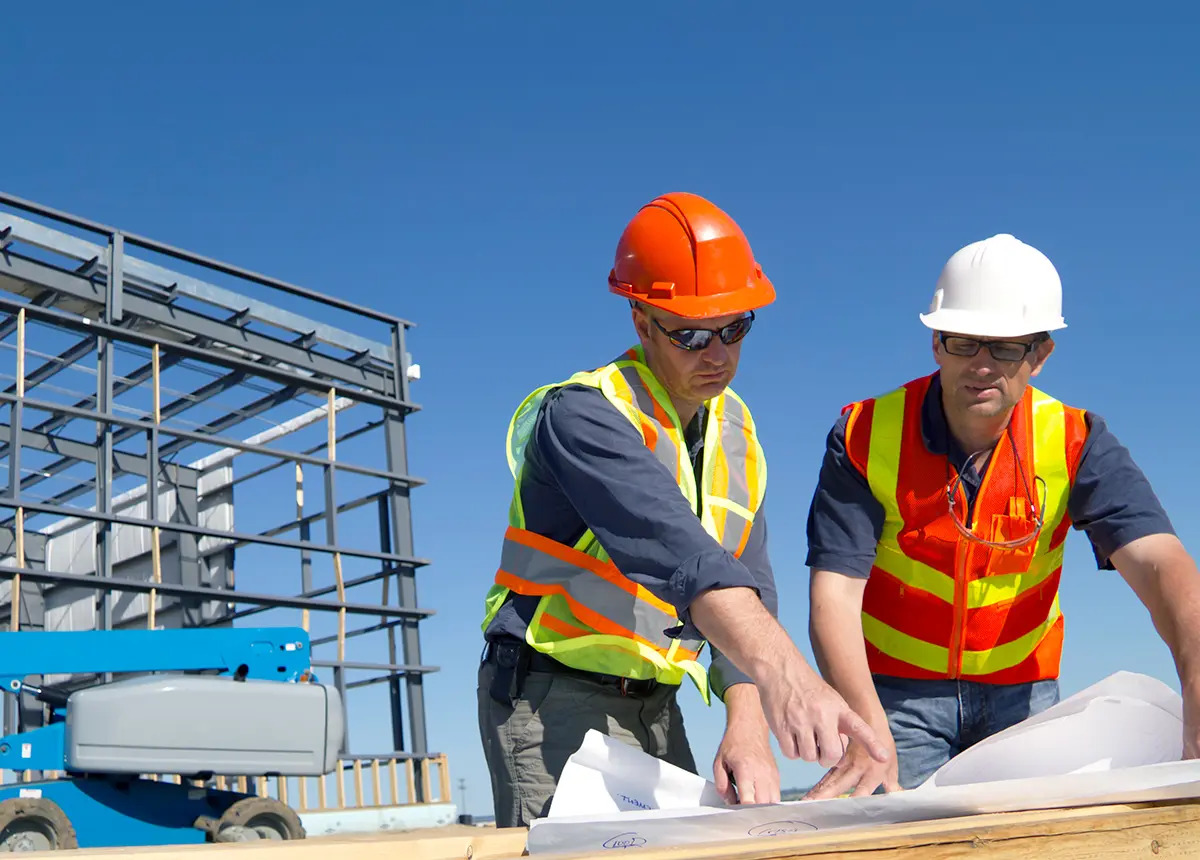
The Top 5 Auto Risks in Construction for Contractors
By Alliant Construction
Listen to the audio version:
For general contractors, getting to and from jobsites is essential to meeting project deadlines, whether hauling tools across town or transporting crews. However, every trip behind the wheel brings a set of risks that can increase costs, trigger claims or put your business in legal jeopardy. From mechanical failures to liability coverage gaps, managing auto-related exposures must take priority to mitigate the risk of unexpected accidents, breakdowns and other incidents.
A strong fleet safety strategy paired with the right insurance structure can help protect your operations and reduce long-term costs. In this article, we’ll discuss pressing auto risks in construction and how contractors can stay covered with personalized insurance solutions and strategies.
Auto Risk #1: Accidents
Driving heavy-duty trucks, pickups, trailers and vans can introduce significant liability to your business, if you don't have the right protections in place should the unexpected take place. Accidents involving contractor vehicles can result in bodily injury, property damage or cargo loss. Even minor fender benders can lead to claim activity that drives up premiums.
How to Address this Pressing Risk
To mitigate the risk of accidents, use these best practices:
- Create a documented fleet management plan that includes vehicle assignments, authorized drivers and usage rules.
- Limit after-hours or personal use unless specifically covered under your policy.
- Train employees on safe driving practices, including adhering to all traffic laws, practicing defensive driving techniques and avoiding distractions, such as cell phone use.
If your drivers are found liable for causing a traffic accident, this fault can extend to your business, resulting in significant legal fees that can stall or derail project timelines. Before beginning a project, make sure you have the right accident mitigation strategies in place to protect your employees and your bottom line.
Auto Risk #2: Breakdowns and Mechanical Failures
Unexpected breakdowns and mechanical failures are not only inconvenient; they can also result in roadside accidents, missed deadlines or increased wear on replacement vehicles. For many insurance carriers, lack of a maintenance log can complicate claim resolution.
How to Address this Pressing Risk
Use these strategies to maintain your vehicles:
- Perform regular inspections of vehicle brakes, tires, fluids and lights.
- Keep maintenance logs for every vehicle and train drivers to report issues immediately.
- Use checklists to ensure consistency.
Promptly addressing any issues identified in inspections can help your business avoid accidents and costly repairs costs before problems escalate.
Auto Risk #3: Stolen or Damaged Tools
Tools left in open beds or unlocked cabs are frequent targets for theft. Unsecured materials can also shift during transport and cause serious accidents or property damage.
How to Address this Pressing Risk
To protect your tools from damage or theft, use these key tips:
- Train all drivers and crew members on load securement standards.
- Require the use of toolboxes, cargo netting or tie-down straps.
- Review your inland marine and auto policies to ensure coverage applies to tools in transit.
Theft can also apply to tools left unsupervised and stored in unsecure areas on your jobsite. Make sure to securely store and lock all tools and valuable materials away.
Auto Risk #4: Subcontractor and Non-Owned Auto Liability
Many contractors overlook the fact that if a subcontractor or employee uses their own vehicle for a work errand, your company may be held responsible in a claim. Standard commercial auto policies do not automatically cover this exposure.
How to Address this Pressing Risk
The following best practices will help you avoid unnecessary liabilities stemming from non-owned vehicles:
- Make sure your policy includes hired and non-owned auto liability.
- Review driver records and proof of insurance for any subcontractors or vendors using vehicles on your behalf.
- Monitor policy renewal dates to avoid lapses in insurance coverage.
One of the biggest risks contractors face in their work is subcontractor risk transfer gaps, contributing to more frequent and severe claims. At Alliant Construction, our specialists work closely with clients to mitigate third-party risks and ensure they have the right coverage and contractual language in place. We help businesses effectively standardize insurance requirements, monitor certificates of insurance and audit vendors annually to support a strong loss control program.
Auto Risk #5: Unsafe Drivers
Unsafe drivers aren’t only a danger to everyone on the road; they can also have a serious impact on your premiums. Insurance carriers look closely at driver quality and claims history. A single high-severity claim can impact your rates across all vehicles in your fleet.
How to Address this Pressing Risk
To promote driver safety and mitigate high insurance rates, use these proven strategies:
- Run motor vehicle reports (MVRs) before hiring employees or assigning company vehicles to drivers.
- Set minimum driver qualifications, such as a limited number of minor violations in a specific timeframe and no serious violations.
- Implement hands-on training for new drivers and ongoing safety reminders for existing crews.
Creating a strong safety culture can encourage all of your employees to stay alert on the roads and make safe choices on every trip. Consider incentivizing employees for maintaining clean driving records.
Alliant Construction: Your Partner in Mitigating Today’s Top Auto Risks
Without the right oversight and coverage for your vehicles, a single incident can impact your business far beyond the road. By focusing on training, maintenance and policy structure, you can control risk and lower insurance costs.
As the leading specialty insurance broker, Alliant Construction offers dedicated insurance and risk management programs designed specifically for contractors, helping to mitigate the top risks on jobsites so you can protect your bottom line. Reach out to Alliant Construction today to evaluate your current auto exposures and build a smarter fleet strategy.
Alliant note and disclaimer: This document is designed to provide general information and guidance. Please note that prior to implementation your legal counsel should review all details or policy information. Alliant Insurance Services does not provide legal advice or legal opinions. If a legal opinion is needed, please seek the services of your own legal advisor or ask Alliant Insurance Services for a referral. This document is provided on an “as is” basis without any warranty of any kind. Alliant Insurance Services disclaims any liability for any loss or damage from reliance on this document.
News & Resources




